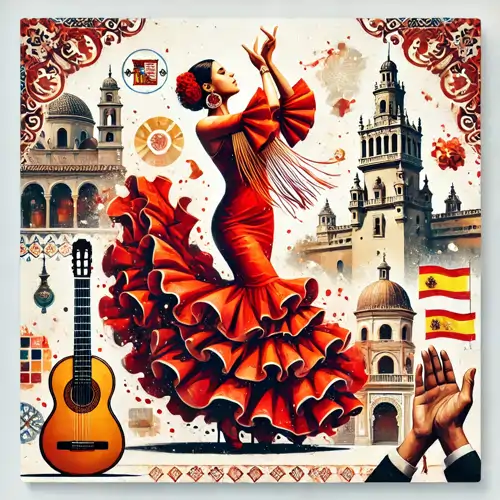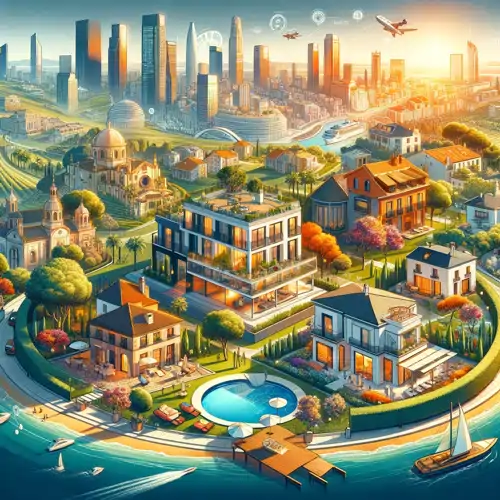Flamenco: Tradition, Modernity, and Future
Flamenco is not just a dance. It is a world full of passion, emotions, traditions, and culture. In this article, we will explore what flamenco is, how it has developed, which traditions have been preserved, and how the art of flamenco is evolving in the modern world. We will also discuss the challenges beginners may face when starting to learn this dance and how they can be overcome.
The History of Flamenco: From Tradition to Modernity
Flamenco originated in Andalusia, a southern region of Spain, and its roots trace back to centuries of history. This art form combines music, singing (cante), dancing, and rhythmic accompaniment (palmas). Although flamenco is influenced by diverse cultural layers such as Gypsy, Arabic, and Jewish music, it has become a symbol and representation of Spanish culture.
Traditional Flamenco Styles
One of the most striking aspects of flamenco is the "palos," the traditional styles that vary in tone, rhythm, and mood. Each style has its own soul and history, and every form of flamenco offers a unique and emotional experience. Here are some of the most popular styles:
- Soleares (Soleares) — a slow and melancholic style filled with loneliness and deep emotions.
- Alegrías (Alegrías) — a more cheerful and rhythmic style associated with the city of Cádiz, symbolizing joy and freedom.
- Bulerías (Bulerías) — a fast and improvisational style often performed at celebrations, conveying energy and good humor.
- Fandango (Fandango) — a popular style with numerous regional variations, known for its expressive singing and dancing.
- Seguiriyas (Seguiriyas) — one of the most emotionally charged styles, whose melancholy expresses pain and suffering.
Modern Trends in Flamenco
Flamenco in the 21st century continues to evolve and attract audiences worldwide. Modern performers increasingly experiment with various musical genres such as jazz, rock, hip-hop, and even electronic music. This has led to the creation of new styles and forms of flamenco that retain traditional elements while adopting a contemporary sound.
Modern flamenco often incorporates theatrical elements using new technologies such as lighting and visual effects. This approach helps engage younger audiences who may not appreciate the classical forms of flamenco but are intrigued by innovative and experimental approaches. For many young dancers, these techniques serve as an excellent starting point for their artistic growth, especially when it comes to traditional productions.
Challenges for Beginners: What Makes Learning Flamenco Difficult?
For many beginners, flamenco is a challenging art form requiring not only physical preparation but also a deep understanding of music and rhythm. One of the biggest challenges is grasping the rhythm, as flamenco is based on complex and often changing rhythmic structures that can be difficult for newcomers to feel. Additionally, improper technique may necessitate additional skills, such as enhancing physical abilities.
Conclusion
Flamenco is an art that has journeyed far from being a folk dance to becoming a global phenomenon. It is not just a dance but also a philosophy, emotions, and an entire culture. For those who decide to learn flamenco, it is important to remember that it requires not only physical effort but also emotional commitment. Modern trends, such as fusion with other musical genres and the use of new technologies, make flamenco a living and evolving art form that continues to inspire millions of people worldwide. Special attention is given to preserving traditions and creating new forms.








